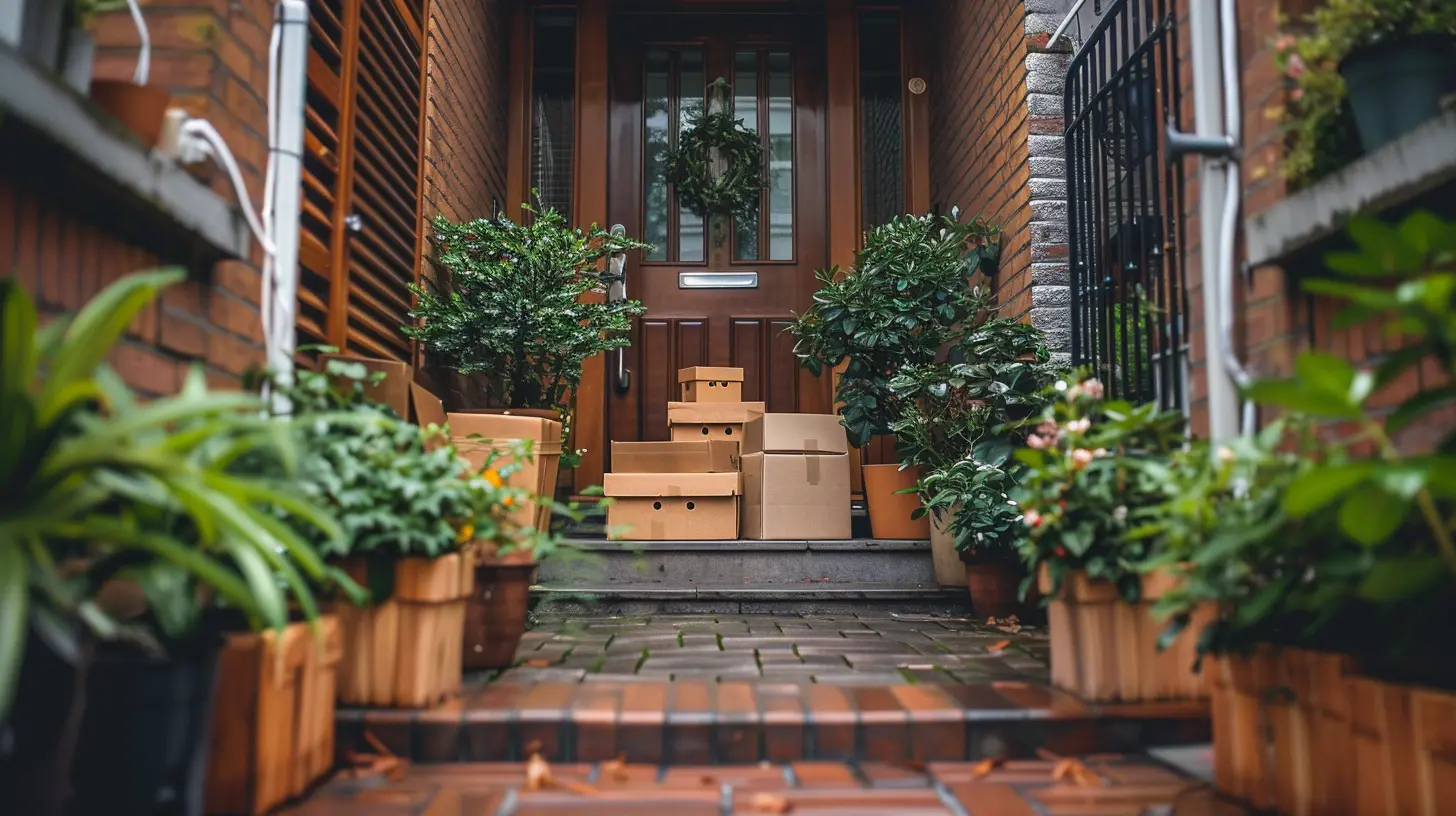What to Do When You Arrive at Your New Home
30 July 2025
Moving into a new home is a thrilling adventure, but let’s be honest—it can also be overwhelming. You’ve spent weeks (maybe even months) packing, organizing, and planning, and now you’re finally here. But what’s next? Before you get too comfortable, there are a few things you need to take care of to ensure a smooth transition.
In this guide, we’ll walk you through the essential steps to take as soon as you arrive at your new home. So, roll up your sleeves, because we’re about to make this house feel like home! 
1. Inspect the House Before Unpacking
Before you start unloading boxes and arranging furniture, take a walk through your new home. This is your chance to check for any issues that may have gone unnoticed before move-in day.Things to Check:
- Leaks: Turn on the faucets and check under sinks for any signs of water leakage.- Electricity: Test light switches and outlets to ensure everything is working.
- Security: Make sure all doors and windows lock properly.
- Pest Issues: Look for signs of insects, rodents, or any unwanted guests.
If you find anything concerning, take pictures and contact your landlord or the seller immediately. 
2. Change the Locks
Even if the previous owners or tenants seemed trustworthy, you never know who else might have a copy of the keys. Changing the locks gives you peace of mind knowing that you’re the only one with access to your home.You can either call a locksmith or, if you're handy, replace the locks yourself with a simple trip to the hardware store. 
3. Set Up Your Utilities
If you haven't already arranged for your utilities to be set up, now’s the time. You’ll want water, electricity, gas, and internet working as soon as possible.Call Your Providers to Set Up:
- Water and sewage- Electricity
- Gas
- Internet and cable
- Trash collection
Pro tip: Keep flashlights or candles handy in case you arrive before the power is turned on! 
4. Deep Clean Before Unpacking
Think about it—do you really want to place your belongings in a house that hasn’t been thoroughly cleaned? Probably not. Even if the previous occupants cleaned before leaving, doing it yourself ensures that everything meets your standards.Cleaning Checklist:
- Wipe down cabinets, shelves, and counters.- Scrub the bathrooms.
- Sweep, mop, or vacuum floors.
- Clean out kitchen appliances (especially the fridge).
Doing a deep clean now saves you from having to clean around furniture and boxes later.
5. Unpack Essentials First
The last thing you want to do after a long moving day is dig through dozens of boxes just to find your toothbrush or pajamas. That’s why an essentials box is a lifesaver.What to Include in Your Essentials Box:
- Toiletries (toothbrush, soap, toilet paper)- A change of clothes
- Chargers for your devices
- Basic kitchen items (plates, utensils, snacks)
- Medications
Unpacking doesn’t have to be a marathon—tackle one room at a time to make the process more manageable.
6. Familiarize Yourself With Your Home’s Main Controls
Knowing where your home’s main controls are located can save you from panic later on. Imagine a water pipe bursts, and you have no idea where the shut-off valve is—yikes!Locate These Key Areas:
- Water Shut-Off Valve: Usually found in the basement, garage, or outside near the street.- Circuit Breaker Box: Know which switch controls what in case of a power outage.
- Gas Shut-Off Valve: Often located outside or near appliances like a water heater.
Taking a few minutes to find these now can prevent major headaches later.
7. Meet Your Neighbors
Let’s face it—moving to a new neighborhood can feel a little lonely at first. A great way to settle in is by introducing yourself to the neighbors.You don’t have to become best friends, but knowing who's living next door can be helpful in case of emergencies or even just for friendly conversations.
A simple "Hi, I just moved in next door!" can go a long way in fostering good neighborly relationships.
8. Update Your Address
Don’t forget to update your address for important services and documents. It might seem like a small step, but it ensures that your mail and bills don’t go to the wrong place.Where to Update Your Address:
- Post office (to set up mail forwarding)- Bank and credit cards
- Driver’s license and vehicle registration
- Insurance policies
- Subscriptions and online retailers
Updating your address early on prevents lots of hassle down the road.
9. Make a Home Maintenance Checklist
Your home will need regular maintenance to stay in top shape. It helps to create a schedule now so you’re not caught off guard by repairs later.Monthly Maintenance Tasks:
- Change air filters.- Test smoke and carbon monoxide detectors.
- Check for leaks under sinks.
Seasonal Maintenance Tasks:
- Inspect HVAC systems.- Clean gutters.
- Seal windows and doors before extreme weather changes.
A little effort now can save you thousands in repair costs in the future.
10. Personalize Your Space
Now for the fun part—making your new house feel like home! Adding personal touches to your space helps create a comfortable environment.Ideas to Add Personality to Your Home:
- Hang family photos or artwork.- Add cozy rugs, curtains, and throw pillows.
- Bring in plants for a fresh, inviting feel.
- Set up your favorite candles or diffusers for a familiar scent.
Your home should reflect you, so take your time and make it feel special!
Final Thoughts
Moving into a new home is a big step, and while it may feel overwhelming at first, following these steps will help you settle in smoothly. From handling essentials like locks and utilities to adding personal touches, each step brings you closer to truly feeling at home.So, take a deep breath, enjoy the process, and before you know it, you’ll be fully settled in your new space!
all images in this post were generated using AI tools
Category:
Moving TipsAuthor:

Elsa McLaurin
Discussion
rate this article
1 comments
Barrett McClure
Arriving at your new home can be overwhelming. Start by inspecting essential systems—water, electricity, and heating. Unpack strategically, focusing on essentials first. Finally, take a moment to explore your new neighborhood; it’s the perfect way to begin familiarizing yourself.
August 18, 2025 at 3:24 AM

Elsa McLaurin
Thank you for your insightful tips! Prioritizing essential systems and unpacking strategically are great ways to ease into a new home. Exploring the neighborhood is a fantastic way to feel more settled!


